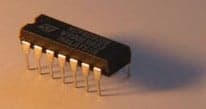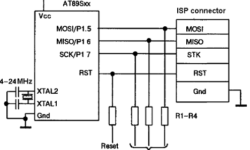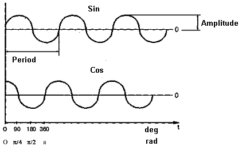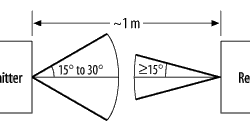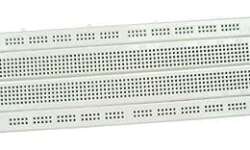Review on AVR serial and parallel microcontroller programmers
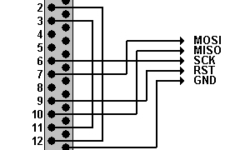
Its been a lot written about AVR microcontroller programmers. This article concludes most common programmers. The easiest programming method is Serial Downloading so-called ISP. This allows to program AVR microcontroller without removing it from the target board. Usually in such boards are a special ISP connector where you connect an external AVR ISP with standard 6 or 10 headers. AVR ISP usually connects to computers COM or LPT port. COM port has the advantage of the ability to use long cables while LPT is limited up to about 1 metter long. But in the other hand, using a COM port requires an additional complementary circuit to match the voltage levels, while the simplest LPT programmer doesn’t need any parts at all: But it is safer to use some kind of buffering circuit like 74HC244 to add some protection from port failure.


